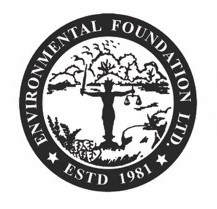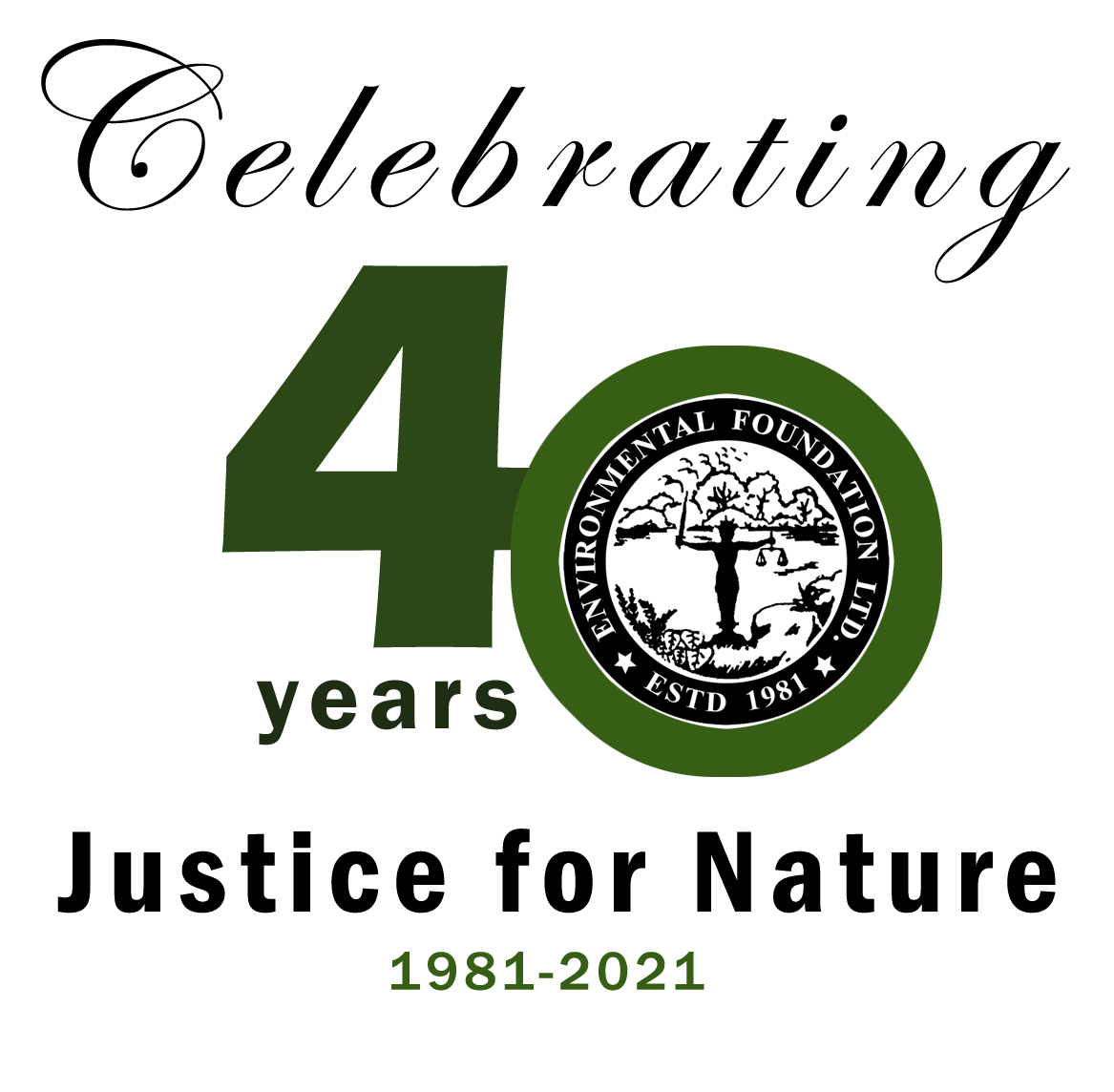A little more than 3km from Meethotamulla, the towering garbage dump that led to the loss of 30 lives, is another stark example of Colombo’s urban solid waste mismanagement: the Kotikawatta dumping ground. Kotikawatta – Mulleriya Pradeshiya Sabha began dumping waste in Kotikawatta in 2007, in the Kotikawatta cemetery which was located at a higher elevation, yet with time the garbage began to spread to the lower paddy fields that belonged to 15- 20 private landowners. While the extent of
Originating in the Sri Pada mountain range, the Kelani River threads its way through the most densely populated and industrialized parts of the Western Province, and flows through the capital city to reach the Indian Ocean. From fisheries to hydropower, the Kelani River is of vital economic importance as it is not only a source of water for the myriad of factories and industries that occupy its banks but is also used by these industries as a dumping ground for
As part of Phase II of the Kelani River Water Quality Restorations Programme that EFL is working on in partnership with The Asia Foundation (TAF), EFL has developed a booklet highlighting a series of guidelines for the maintenance of water quality along the Kelani River. This booklet is being distributed among CBO’s, community leaders, and other relevant stakeholders with the aim of getting the information across to the riverine communities. [mk_button dimension=”three” size=”medium” outline_skin=”dark” bg_color=”#00c8d7″ text_color=”light” icon=”” url=”https://efl.lk/v2/wp-content/uploads/2016/09/Basic-Guidelines-to-Prevent-Pollution-of-the-Kelani-River-through-Domestic-Sources-Final.pdf” target=”_self” align=”left” id=”Buton
Maha Oya is one of the largest rivers in Sri Lanka, which flows 128 km across four provinces and five districts. It starts from Nawalapitiya, from the area of Aranayake and falls in to the Indian Ocean from Kochchikade, North of Negombo. More than 1.1 million of population lives by the river, harnessing myriad of benefits from the river for their subsistence and livelihood activities. The Maha Oya provides water for domestic and industrial needs of different communities living
EFL held a successful awareness session for financial institutions on the detrimental environmental, social and financial consequences of investing in mini hydro projects in ecologically sensitive areas. The awareness session was held on the 10th of June 2016 at the Sri Lanka Foundation Institute in collaboration with Sri Lanka Water Partnership and was attended by representatives of major banks including National Development Bank, Sampath Bank, National Savings Bank, and Peoples Bank as well as representatives from the Central Environmental Authority.
Environmental Foundation Limited in collaboration with Sri Lanka Water Partnership (SLWP) recently held “A Dialogue on Policy Implications and Community Concerns Resulting from the Approval Process of Mini Hydro Power Plants” on the 31st of March at the International Water Management Institute (IWMI). The dialogue was held with the objective of gathering all stakeholders to address various concerns arising due to mini hydropower projects and identify the shortcomings in the approval process. The event consisted of two panel discussions, a community panel
In order to raise awareness of the effects of living in proximity to a coal power plant, EFL organized a visit to Norochcholai for 36 villagers from Sampur on the 28th of March, with the aid of Green Trincomalee Movement. The purpose of this event was to facilitate the direct exchange of information between two communities, so that community members of Sampur would benefit from firsthand knowledge of the adverse impacts of coal power. The Sampur villagers visited the boundary of
As the global community begins to recognize the severity of the challenge posed by climate change, the shift to low carbon economies is seen as a step that can no longer be delayed. Countries are investing in renewable energy and looking to wind, solar and to lower carbon emissions, while reducing investment in fossil fuels. Coal is a fuel that is not is not only responsible for a majority of climate change causing emissions but also leads to smog, acid
EFL initiated a water policy dialogue for industrial stakeholders, with the objective of identifying key loopholes and deficiencies in existing mechanisms for curtailing water pollution by industries and making recommendations for amendments to existing laws, regulations and procedures at a policy level to ensure stringent, proactive systems of evaluating, monitoring and implementation. The dialogue aimed to encourage the active engagement of industries as stakeholders willing to adopt voluntary standards and preventive measures to protect and conserve the environment. Recommendations from the
As the UN REDD readiness programme reaches its conclusion, the Civil Society Organization Platform established in 2014 and played an active role in critically engaging forums and outcome documents, was registered under the Companies Act as Sri Lanka Climate and Forest Action Network (SLCFAN). Environmental Foundation Limited is honoured to come on board as a member of the convening committee of SLCFAN, having been a member of the CSO Platform since its inception. The objectives of the SLCFAN include mobilizing CSOs,
- 1
- 2





